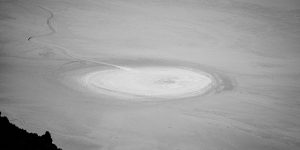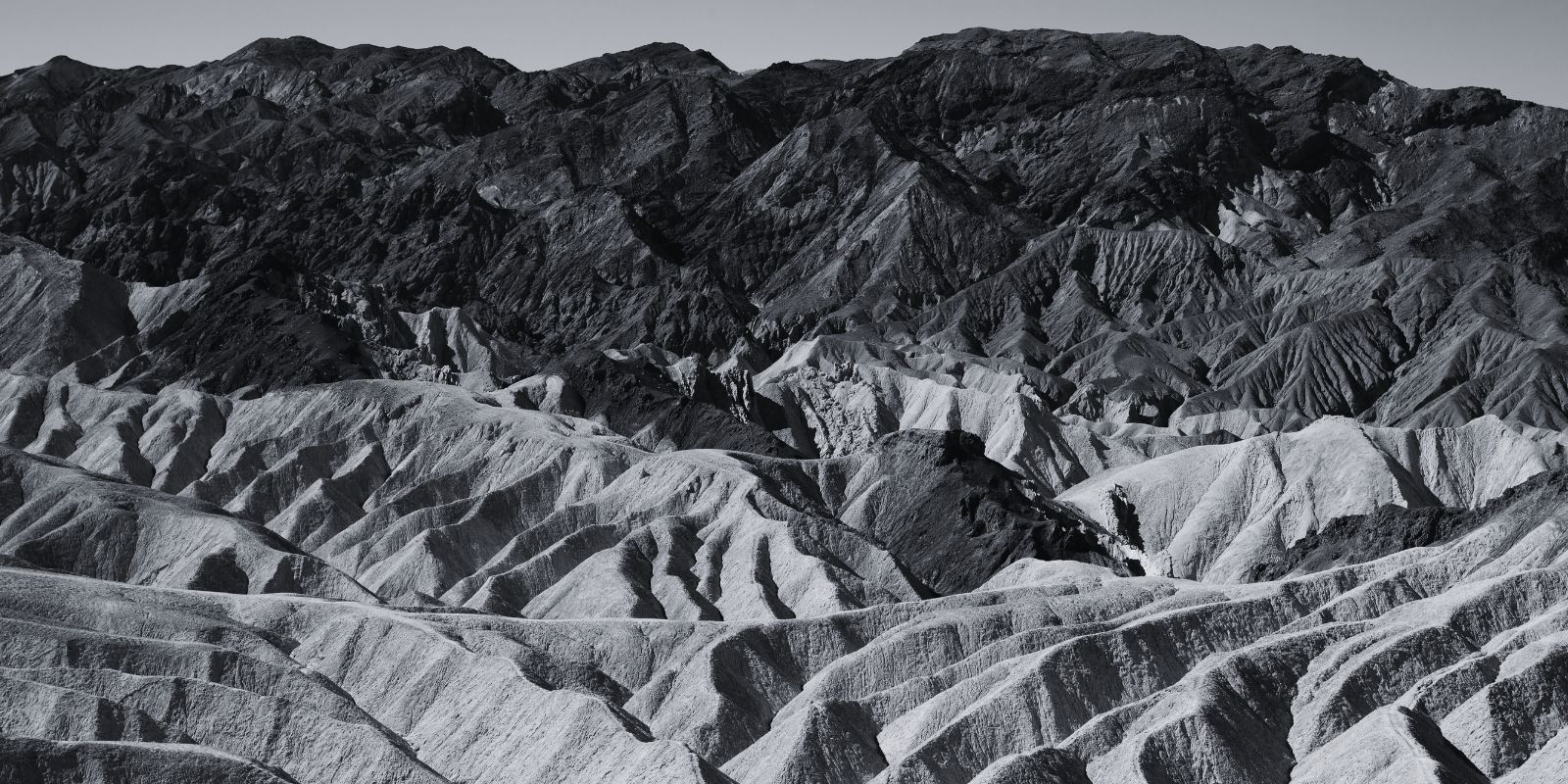What Happened On July 10th?
On July 10, 1913, Death Valley, California, reached 134 degrees Fahrenheit (56.7 degrees Celsius), the hottest temperature ever recorded on Earth at the time. This extreme heat, recorded at Furnace Creek Ranch, resulted from Death Valley’s unique geography. The valley’s low elevation, 282 feet below sea level, combined with surrounding mountains, created a natural oven. The bare, dark rocks and sand absorbed and radiated heat and caused temperatures to soar to unprecedented levels.
What You Didn’t Know About Death Valley
These harsh conditions in Death Valley were not new. For centuries, the Timbisha Shoshone people lived here, utilizing natural resources like mesquite beans and small game to survive. Their ability to thrive in such a severe climate demonstrated unbelievable and quite remarkable adaptability. The Timbisha Shoshone’s traditional knowledge and survival strategies highlight the ingenuity required to live in one of the world’s most extreme environments.
The Racetrack Playa, a dry lake bed in Death Valley, long intrigued visitors with its “sailing stones” that mysteriously moved, leaving tracks behind. For years, this phenomenon baffled people until scientists discovered that thin sheets of ice formed around the rocks on cold nights. As the ice melted and the wind blew, the rocks were pushed along, creating visible tracks.
At Badwater Basin, the lowest point in North America at 282 feet below sea level, vast salt flats covered the landscape, remnants of ancient lakes that once filled the area. Despite the extreme heat, life persisted here. The endangered Badwater snail, for example, adapted to survive in the harsh environment of the basin’s salty pools. This tiny creature’s existence in such a hostile environment undermines the incredible adaptability of life on Earth.

Nature’s Palette
The Artist’s Palette in the Black Mountains showcased a stunning array of colors caused by the oxidation of metals in the rock. Nearby, the towering sand dunes at Mesquite Flat provided an ever-changing landscape shaped by the wind, offering a glimpse into the geological forces at work. These vibrant colors and dynamic formations draw geologists and tourists alike, eager to witness the natural artistry of the desert.
The World’s Hottest Spots
Death Valley held the record for the highest temperature, but other places around the world also experienced extreme heat. In Kuwait and Iraq, cities like Mitribah and Basra often reached nearly 129 degrees Fahrenheit (54 degrees Celsius) due to their desert climates and intense solar radiation. Similarly, Iran’s Lut Desert experienced ground temperatures as high as 159 degrees Fahrenheit (70.7 degrees Celsius), the highest ever recorded on the planet’s surface. These regions, much like Death Valley, present challenging environments where survival requires extraordinary measures.
The Sahara Desert, spanning several North African countries, also endured intense heat. Towns like Timbuktu in Mali often saw temperatures above 120 degrees Fahrenheit (49 degrees Celsius) during the summer, with vast stretches of sand reflecting the sun’s rays and creating scorching conditions. The inhabitants of these areas have developed ways to cope with the heat, illustrating human resilience and adaptability in the face of extreme conditions.

The Secrets Of Scorching Heat
Scientists studied these extreme temperatures to better understand climate change and its effects. The 134-degree record in Death Valley became as a crucial data point, showing the need to prepare for and adapt to extreme weather. Research into Death Valley’s environment revealed how life could survive and even thrive in conditions that pushed the limits of endurance. These studies help scientists predict and mitigate the impacts of climate change, offering valuable insights into our planet’s future.
Death Valley continued to draw researchers and visitors alike. The valley’s unique conditions and resilient life forms provided valuable insights into the extremes of human and biological endurance. The geological features, diverse wildlife, and rich history of Death Valley made it a fascinating subject for study and exploration. Visitors come not only to witness the stunning landscapes but also to learn about the natural history and the incredible stories of survival in this harsh environment.
As interest in extreme environments grows, so does the importance of preserving these unique landscapes. Conservation efforts in places like Death Valley ensure that future generations can continue to learn from and be inspired by these natural wonders. Protecting these areas from overuse and environmental degradation is crucial for maintaining their ecological significance.
A Geological Wonder
Beyond its extreme temperatures, Death Valley is a geological treasure trove. The Ubehebe Crater, a large volcanic crater, offers insights into the region’s volcanic past. Formed by a powerful steam explosion, the crater is a testament to the dynamic geological processes that shaped the area. Visitors to Death Valley can explore these sites, gaining a deeper understanding of the forces that created this unique landscape.





